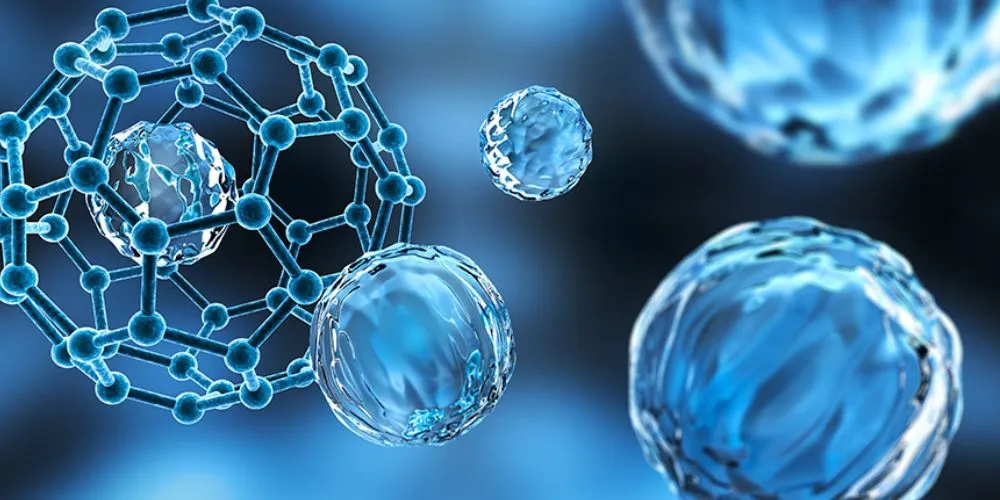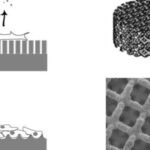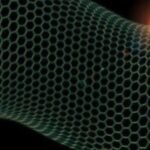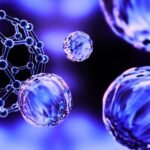In nanotechnology, where materials are engineered at the nanoscale, nanotoxicology emerges as a critical field focused on understanding and mitigating the potential risks associated with nanomaterials. This article delves into the expansive realm of nanotoxicology, unveiling its significance, tracking the evolution of key research areas, examining its impact on various sectors, and envisioning the strategies to ensure the safe deployment of nanomaterials.
The Significance of Nanotoxicology
Nanotoxicology is not merely a precautionary measure but a necessary discipline to assess and manage the potential hazards associated with nanomaterials. At the nanoscale, the unique properties of materials can introduce novel biological interactions that necessitate careful examination to ensure the safe use of these materials across various applications.
Nanomaterial Characteristics and Biological Interactions
The significance of nanotoxicology lies in unraveling the interactions between nanomaterials and biological systems. Size, shape, surface charge, and composition at the nanoscale can influence how these materials interact with cells, tissues, and organs, potentially leading to unintended consequences such as toxicity.
Potential Health Risks and Environmental Concerns
Understanding the potential health risks and environmental concerns associated with nanomaterials is a primary focus of nanotoxicology. The small size and high surface area of nanoparticles can lead to unique challenges, including the potential for cellular uptake, inflammation, and environmental persistence, raising questions about their long-term impact.
Regulatory Landscape and Safety Standards
Nanotoxicology is instrumental in shaping the regulatory landscape and safety standards for nanomaterials. Establishing guidelines for the safe development and use of nanomaterials is essential to balance innovation with responsible practices, ensuring that the benefits of nanotechnology do not come at the expense of human health or the environment.
Evolution of Key Research Areas in Nanotoxicology
The journey of nanotoxicology is intricately woven with evolving research areas that continually push the boundaries of our understanding of the potential risks associated with nanomaterials.
Cellular and Molecular Interactions
Nanotoxicology research delves into the cellular and molecular interactions between nanomaterials and biological systems. Understanding how nanoparticles enter cells, interact with cellular components, and potentially induce toxicity is crucial for assessing their safety.
In Vivo Studies and Animal Models
In vivo, studies using animal models play a pivotal role in nanotoxicology research. These studies aim to simulate the real-world biological responses to nanomaterial exposure, providing valuable insights into potential health effects and guiding the development of safety guidelines.
Environmental Fate and Transport
Assessing the environmental fate and transport of nanomaterials is another key research area. Understanding how nanomaterials behave in natural ecosystems, their persistence and their bioaccumulation potential helps predict and mitigate environmental impacts.
Impact on Various Sectors
Nanotoxicology extends its influence beyond the laboratory, reshaping various sectors and redefining how industries approach the development and use of nanomaterials.
Healthcare and Nanomedicine
In the healthcare sector, nanotoxicology is crucial for the safe development of nanomedicines. Understanding how nanomaterials interact with biological systems ensures that nanomedicines are designed with precision, efficacy, and minimal risk of adverse effects.
Consumer Products and Nanomaterial Applications
Nanomaterials find applications in various consumer products, from sunscreens to textiles. Nanotoxicology research helps assess the safety of these products, ensuring that the incorporation of nanomaterials does not pose risks to consumers or the environment.
Environmental Monitoring and Risk Assessment
Nanotoxicology plays a role in environmental monitoring and risk assessment. Researchers evaluate the potential impact of nanomaterials on ecosystems, providing valuable data for regulatory bodies and industries to make informed decisions about the use and disposal of nanomaterials.
Strategies for Ensuring Safe Nanomaterial Deployment
The trajectory of nanotoxicology points towards a future filled with continued research, innovation, and strategies to ensure the safe deployment of nanomaterials.
Safe-by-Design Approaches
Safe-by-design approaches involve incorporating safety considerations into the early stages of nanomaterial development. By designing nanomaterials with reduced toxicity from the outset, researchers aim to minimize potential risks and enhance the overall safety profile of these materials.
Standardized Testing Protocols
Developing standardized testing protocols is crucial for evaluating the safety of nanomaterials consistently. Establishing uniform methodologies for assessing toxicity, including in vitro and in vivo testing, ensures that results are comparable and can be used to inform regulatory decisions.
International Collaboration and Regulatory Frameworks
International collaboration and the development of regulatory frameworks are essential for addressing the global nature of nanotechnology. Collaborative efforts between researchers, industries, and regulatory agencies can lead to harmonized approaches for assessing and managing the risks associated with nanomaterials.
Conclusion
Nanotoxicology has evolved from a precautionary measure to a proactive discipline with far-reaching implications for the safe development and deployment of nanomaterials. As we navigate the tiny world of nanotechnology, nanotoxicology’s significance is imperative and complex. With continued research, standardized testing protocols, and international collaboration, nanotoxicology will remain a driving force in ensuring that the benefits of nanotechnology are realized responsibly, unlocking new possibilities, and redefining the future of safe nanomaterial deployment.











